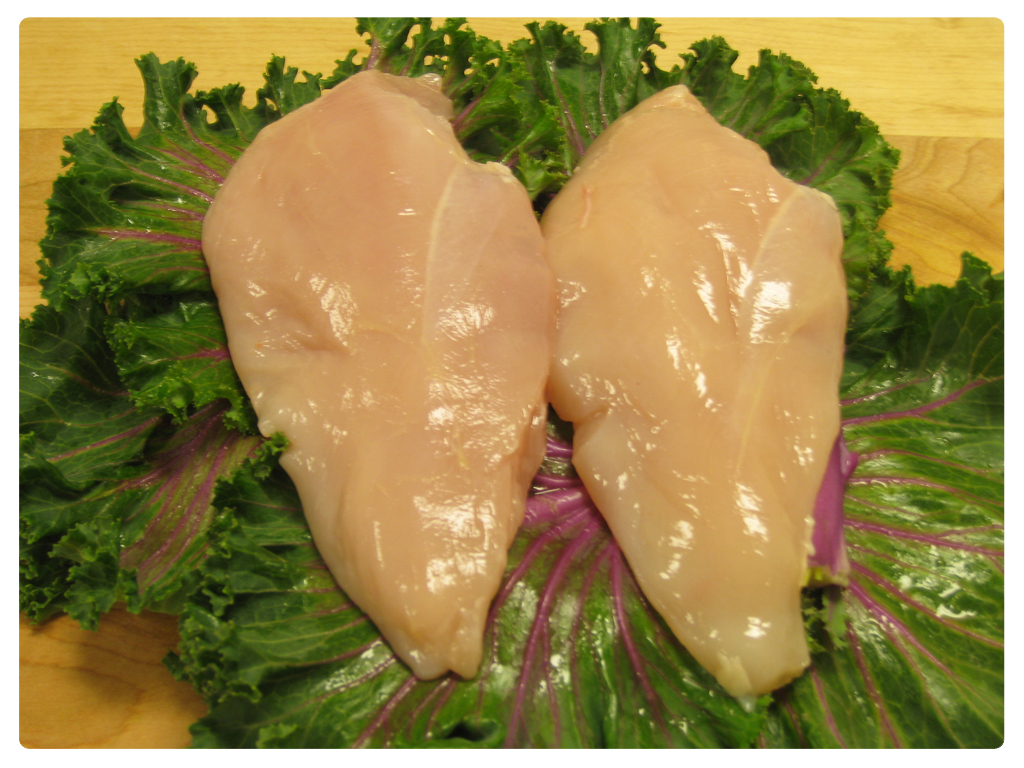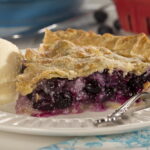
The Ultimate Guide to Boneless, Skinless Chicken Breast: Preparation, Cooking, and Nutritional Benefits
The boneless, skinless chicken breast. It’s a staple in kitchens across the globe, celebrated for its versatility, lean protein content, and ease of preparation. But with its popularity comes a need for understanding. This comprehensive guide delves into everything you need to know about this culinary workhorse, from selecting the perfect cut to mastering various cooking methods and understanding its nutritional value. We’ll explore how to avoid common pitfalls, maximize flavor, and create delicious, healthy meals centered around the boneless, skinless chicken breast. This guide is designed for everyone, whether you’re a seasoned chef or a kitchen novice.
Understanding the Appeal of Boneless, Skinless Chicken Breast
The boneless, skinless chicken breast has earned its place in the culinary hall of fame for several compelling reasons. Its high protein content makes it a favorite among athletes and health-conscious individuals. It’s incredibly versatile, lending itself to a wide range of cuisines and cooking techniques. Furthermore, its relatively low cost compared to other protein sources makes it an accessible option for budget-minded consumers. The ease of preparation is another significant advantage; a boneless, skinless chicken breast can be cooked in minutes, making it ideal for busy weeknight meals.
Selecting the Right Boneless, Skinless Chicken Breast
Choosing the right boneless, skinless chicken breast is the first step towards a successful meal. Consider these factors when making your selection:
- Appearance: Look for breasts that are firm, plump, and have a slightly pink hue. Avoid those that appear discolored, slimy, or have an off-putting odor.
- Size: The size of the breast will depend on your needs. Smaller breasts cook faster and are suitable for individual portions. Larger breasts can be portioned or used for multiple servings.
- Source: Consider the source of your chicken. Organic and free-range options may offer different nutritional profiles and are often raised with higher welfare standards.
- Fresh vs. Frozen: Fresh chicken is generally preferred, but frozen boneless, skinless chicken breasts can be a convenient and cost-effective alternative. Ensure they are properly thawed before cooking.
When purchasing, pay attention to the sell-by or use-by date to ensure freshness. Store raw chicken in the refrigerator at 40°F (4°C) or below, and use it within a few days. If storing for longer, freezing is the best option.
Preparing Your Boneless, Skinless Chicken Breast
Proper preparation is crucial for achieving a tender and flavorful boneless, skinless chicken breast. Here are some essential steps:
- Thawing: If using frozen chicken, thaw it completely in the refrigerator. Never thaw chicken at room temperature, as this can promote bacterial growth.
- Rinsing: Rinse the chicken breast under cold running water. Pat it dry with paper towels.
- Trimming: Trim away any excess fat or silver skin. This will improve the texture and appearance of the cooked chicken.
- Pounding (Optional): Pounding the chicken breast to an even thickness ensures even cooking. Place the breast between two sheets of plastic wrap and gently pound it with a meat mallet or rolling pin.
- Marinating (Highly Recommended): Marinating adds flavor and helps to tenderize the chicken. Use your favorite marinade or try a simple combination of olive oil, lemon juice, herbs, and spices. Marinate for at least 30 minutes, or up to several hours, in the refrigerator.
Mastering Cooking Techniques for Boneless, Skinless Chicken Breast
The boneless, skinless chicken breast can be cooked using a variety of methods. Each method offers a unique flavor profile and texture. Here are some popular techniques:
Pan-Seared Chicken Breast
Pan-searing is a quick and easy method that results in a crispy exterior and juicy interior. Heat a skillet over medium-high heat with a small amount of oil or butter. Season the chicken breast generously with salt and pepper. Sear the chicken for 3-5 minutes per side, or until cooked through. Use a meat thermometer to ensure the internal temperature reaches 165°F (74°C).
Baked Chicken Breast
Baking is a hands-off method that’s perfect for busy weeknights. Preheat your oven to 375°F (190°C). Place the chicken breast in a baking dish and season as desired. Bake for 20-30 minutes, or until the internal temperature reaches 165°F (74°C). Consider covering the dish with foil for the first half of the cooking time to retain moisture.
Grilled Chicken Breast
Grilling adds a smoky flavor and beautiful grill marks. Preheat your grill to medium-high heat. Season the chicken breast and grill for 5-7 minutes per side, or until cooked through. The exact cooking time will depend on the thickness of the breast. Use a meat thermometer to ensure the internal temperature reaches 165°F (74°C).
Poached Chicken Breast
Poaching is a gentle method that results in tender and moist chicken. Simmer the chicken breast in a flavorful liquid, such as broth or water, for 15-20 minutes, or until cooked through. Poaching is excellent for salads and shredded chicken dishes.
Sous Vide Chicken Breast
Sous vide is a precise cooking method that involves cooking the chicken breast in a water bath at a controlled temperature. This results in incredibly tender and evenly cooked chicken. Seal the chicken breast in a vacuum-sealed bag and cook it in the water bath at 145°F (63°C) for 1-2 hours. Then, sear it briefly in a hot pan for added flavor.
Avoiding Common Mistakes When Cooking Boneless, Skinless Chicken Breast
Several common mistakes can lead to dry or overcooked boneless, skinless chicken breast. Avoid these pitfalls for the best results:
- Overcooking: The most common mistake is overcooking. Use a meat thermometer to ensure the internal temperature reaches 165°F (74°C).
- Cooking at Too High a Heat: High heat can cause the exterior to burn before the interior is cooked. Use medium to medium-high heat for most cooking methods.
- Not Allowing the Chicken to Rest: Allowing the chicken to rest for 5-10 minutes after cooking allows the juices to redistribute, resulting in a more tender and flavorful breast.
- Not Seasoning Properly: Season generously with salt, pepper, and other spices to enhance the flavor.
- Not Using a Meat Thermometer: Guessing the doneness is a recipe for disaster. A meat thermometer is an essential tool for cooking chicken.
Nutritional Benefits of Boneless, Skinless Chicken Breast
The boneless, skinless chicken breast is a nutritional powerhouse, offering several health benefits:
- High in Protein: Chicken breast is an excellent source of lean protein, which is essential for building and repairing tissues, supporting muscle growth, and promoting satiety.
- Low in Fat: It is naturally low in fat, making it a good choice for those watching their calorie intake.
- Rich in Vitamins and Minerals: Chicken breast provides essential nutrients, including niacin, selenium, phosphorus, and vitamin B6.
- Supports Weight Management: The high protein content can help you feel fuller for longer, which can aid in weight loss or maintenance.
- Versatile and Easy to Incorporate: It’s easy to incorporate into various meals, making it a convenient and healthy option.
Flavor Enhancements: Elevating Your Boneless, Skinless Chicken Breast
While the boneless, skinless chicken breast is a blank canvas, it doesn’t have to be bland. Here are some ways to enhance its flavor:
- Marinades: Marinades add flavor and tenderize the chicken. Experiment with different marinades, such as Italian dressing, teriyaki sauce, or a simple mixture of olive oil, lemon juice, herbs, and spices.
- Spices and Herbs: Use a variety of spices and herbs to create different flavor profiles. Consider paprika, garlic powder, onion powder, oregano, thyme, or rosemary.
- Sauces: Serve your cooked chicken breast with delicious sauces, such as a creamy mushroom sauce, a tangy barbecue sauce, or a zesty lemon-herb sauce.
- Stuffing: Stuff the chicken breast with flavorful ingredients, such as spinach and feta cheese, to add depth of flavor and texture.
- Breading: Bread the chicken breast for a crispy and flavorful coating. Use breadcrumbs, panko, or other coatings, and season them generously.
Recipes Featuring Boneless, Skinless Chicken Breast
The possibilities are endless when it comes to recipes using boneless, skinless chicken breast. Here are a few ideas to get you started:
- Grilled Chicken Salad: Grill chicken breasts and serve them over a bed of mixed greens with your favorite vegetables and a light vinaigrette.
- Baked Chicken with Roasted Vegetables: Bake chicken breasts alongside a variety of roasted vegetables, such as broccoli, carrots, and potatoes.
- Chicken Stir-Fry: Dice chicken breasts and stir-fry them with vegetables and a flavorful sauce.
- Chicken Tacos: Shred cooked chicken breasts and use them as a filling for tacos.
- Chicken Parmesan: Bread and pan-fry chicken breasts, then top them with marinara sauce and mozzarella cheese. Bake until the cheese is melted and bubbly.
Conclusion: Embracing the Versatility of Boneless, Skinless Chicken Breast
The boneless, skinless chicken breast remains a cornerstone of healthy eating and culinary creativity. By understanding its nuances, mastering various cooking techniques, and experimenting with flavor combinations, you can create delicious and satisfying meals that are both nutritious and enjoyable. From simple weeknight dinners to elaborate gourmet creations, the possibilities are endless. Embrace the versatility of this culinary staple and discover a world of flavor and healthy eating. Remember to always prioritize food safety and proper cooking to ensure a safe and enjoyable dining experience. Don’t be afraid to experiment and find your favorite ways to prepare this versatile protein source. With a little knowledge and creativity, the boneless, skinless chicken breast can become a star in your kitchen.
[See also: Chicken Breast Recipes for Beginners] [See also: The Best Chicken Breast Marinades] [See also: How to Properly Store Chicken Breast]

